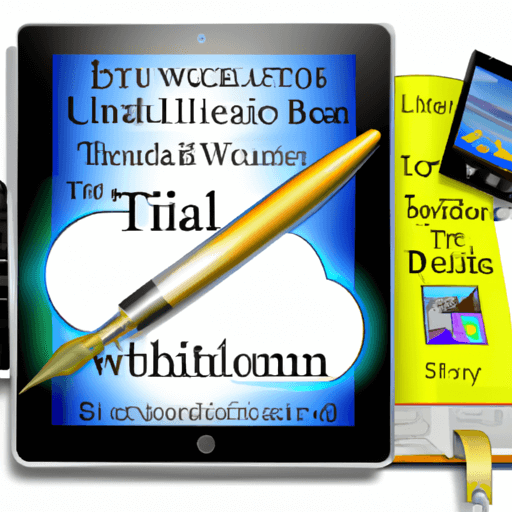Exploring How Experiential Learning Can Benefit Students in Their Educational Journey
Experiential learning is a type of learning that encourages students to draw on their own experiences to make meaningful connections to a concept. Through hands-on activities, students can gain a deeper understanding of course material, foster creativity, and lead to improved academic performance. In this article, we'll examine how experiential learning can be implemented in the classroom, and explore the benefits it can bring to students.
Benefits of Experiential Learning
Experiential learning has been found to be an effective way for students to gain a deeper understanding of course material. By engaging with the material in a hands-on way, students can make meaningful connections between what they are learning and their own experiences. This can help to improve their academic performance by increasing their engagement and understanding of the material.
Experiential learning can also help to foster creativity in students. By engaging with the material in a hands-on way, students can explore different approaches and perspectives. This can help to stimulate creative thinking and encourage students to come up with their own unique solutions to problems.
Examples of Experiential Learning in the Classroom
Experiential learning can be implemented in the classroom in a variety of ways. For example, teachers can incorporate field trips and hands-on activities to engage students with the material. Teachers can also assign projects that require students to research and present their own findings. These types of activities can help to foster a deeper understanding of the material and encourage creativity.
Another way to implement experiential learning in the classroom is through the use of simulations. Simulations can be used to recreate real-life scenarios and give students the chance to practice what they have learned in a safe environment. Simulations can be used to teach a variety of topics, from problem solving to communication skills.
Conclusion
Experiential learning can benefit students in a variety of ways, from fostering a deeper understanding of course material to encouraging creativity. It can be implemented in the classroom in a variety of ways, such as field trips, projects, and simulations. By utilizing experiential learning in the classroom, teachers can help to engage students and improve their academic performance.




















Comments
Leave a Comment